Finding Identity Through Dance in Belize
Dancing in Belize has many purposes, but one has more of a clear path than others. Its main purpose is finding identity. This overall connects to American dancing a lot more than some other cultures do. In dance, one of my favorite things is I can really find who I am while telling a story. It seems to be the same case in Belize too. Brukdown is the genre that mostly relates to modern American dancing. It emphasizes the struggles and joys of their dancers, which is the exact same thing I do. On stage, I really feel like that’s the message I want to get out to people—to show them my identity.
To compare with Hawaiian dancing, they both convey different messages. For hula dancing, you’re mostly dancing for gods and other people. This is different from dancing in Belize because they mostly dance for themselves and their identity rather than for others and entertainment. While yes, some dances in Belize are religious and toward gods, that’s usually not the case.
Dancing in Belize is a cultural tapestry of rhythm and identity. Belize is a small but culturally rich country on the eastern coast of Central America. Its heritage is shaped by its Maya roots, colonial history, and Afro-Caribbean influence. There are lots of forms of artistic expression in Belize, but dancing is special because the people there believe that it really shows your true identity. Dancing in Belize is more than entertainment—it’s a celebration of tradition, community, and resilience.
Traditional Maya dances were spiritual and ceremonial, often performed to honor deities, mark agricultural cycles, or celebrate life events. These dances include symbolic movements, traditional costumes, and live drumming. Throughout history, these dances are the ones that really make people feel connected to nature. Although when colonialism happened, the specialness of Maya dancing faded. In the past few decades, people are really putting in their best effort to revive Maya dancing.
The Garifuna people are descendants of West African, Carib, and Arawak ancestry. They have had a huge influence on Belizean music and dance. Punta, the most well-known Garifuna dance, is a fast-paced, hip-centric movement performed to the beat of Garifuna drums. Traditionally, punta is a dance where the dancers showcase expressive body movements to show their close connection with music. It is usually performed at cultural festivals, weddings, and community gatherings, and it’s often accompanied by traditional songs sung in the Garifuna language. Another popular genre is brukdown, which was rooted in the Creole population of Belize. It combines African rhythms with European musical influences and often includes lots of singing and storytelling. These dances can really entertain people by the way they inform you of the struggles and joys of their everyday life.
As Belize continues to evolve, traditional dances have become increasingly important. There is also a growing movement with young Belizeans to blend traditional forms with modern dance styles, creating innovative expressions that honor the past while looking toward the future. Dancing in Belize is a dynamic reflection of the country’s unique cultural mosaic. Whether in the sacred rituals of the Maya, the spirited movements of punta, or the community joy of brukdown, dance weaves together the stories, identities, and aspirations of the Belizean people.
